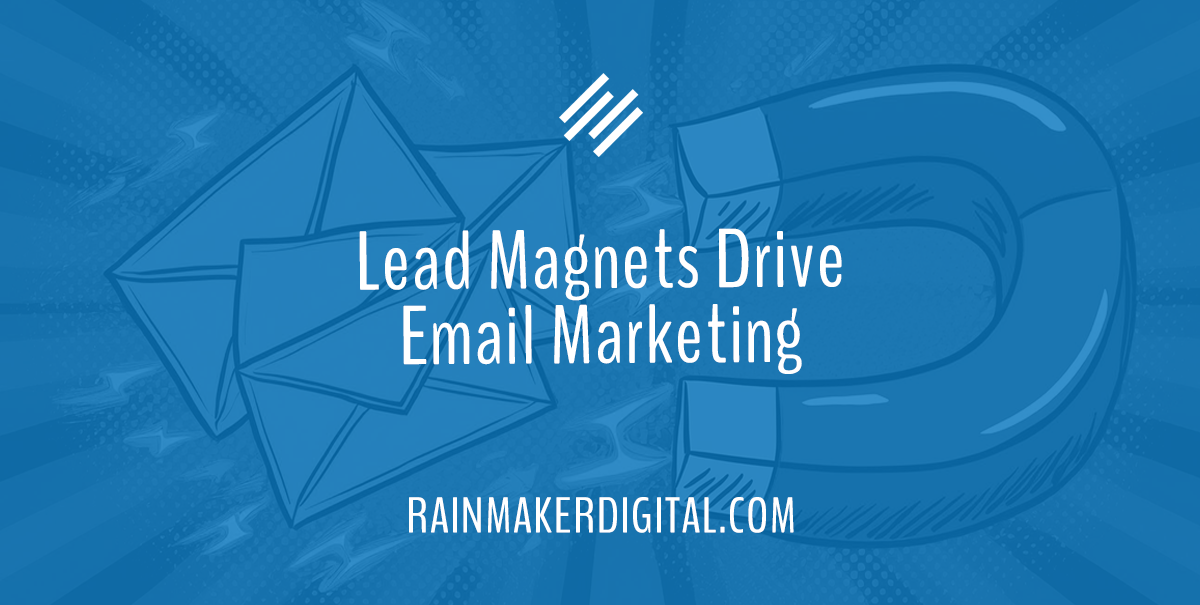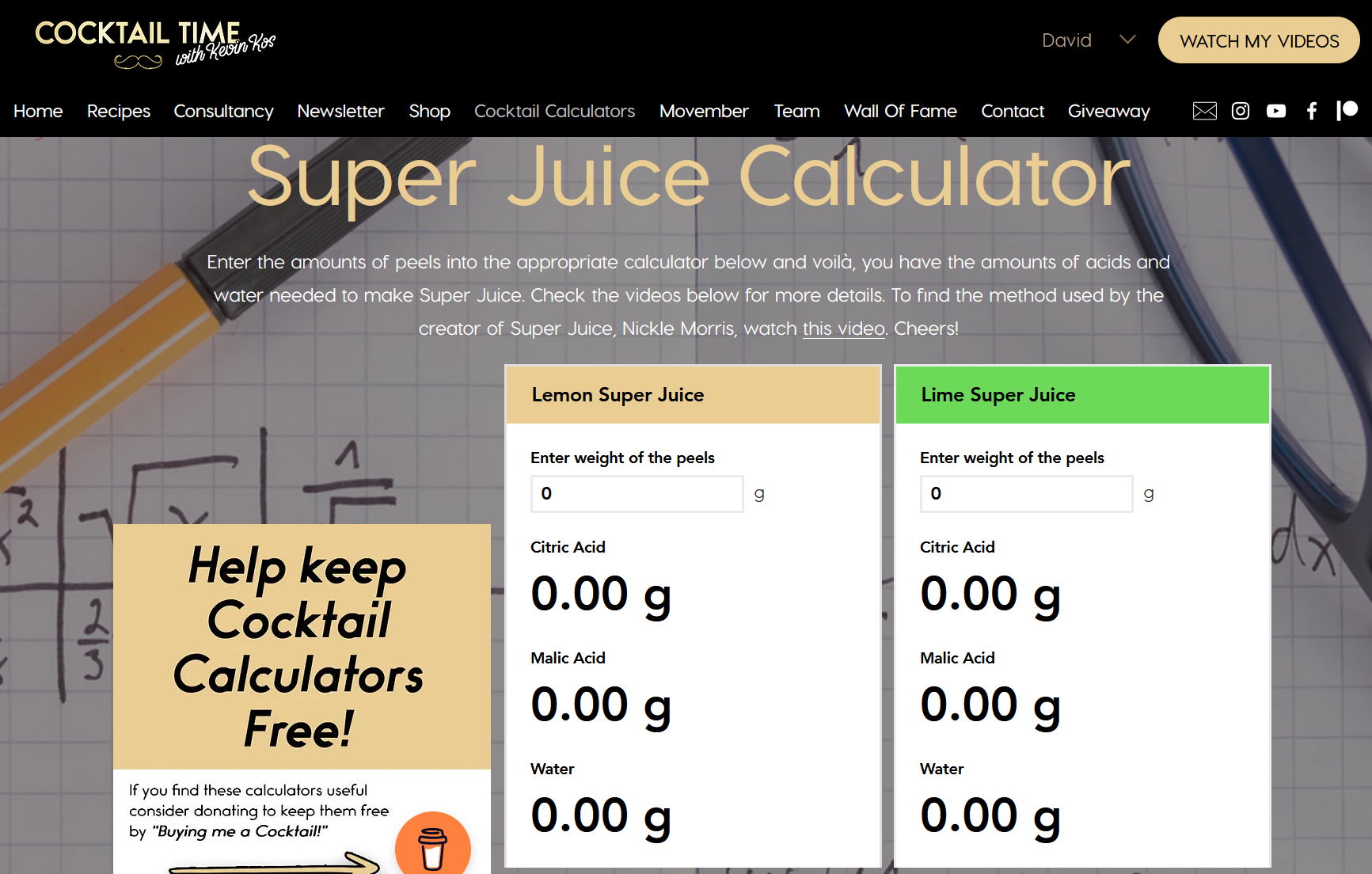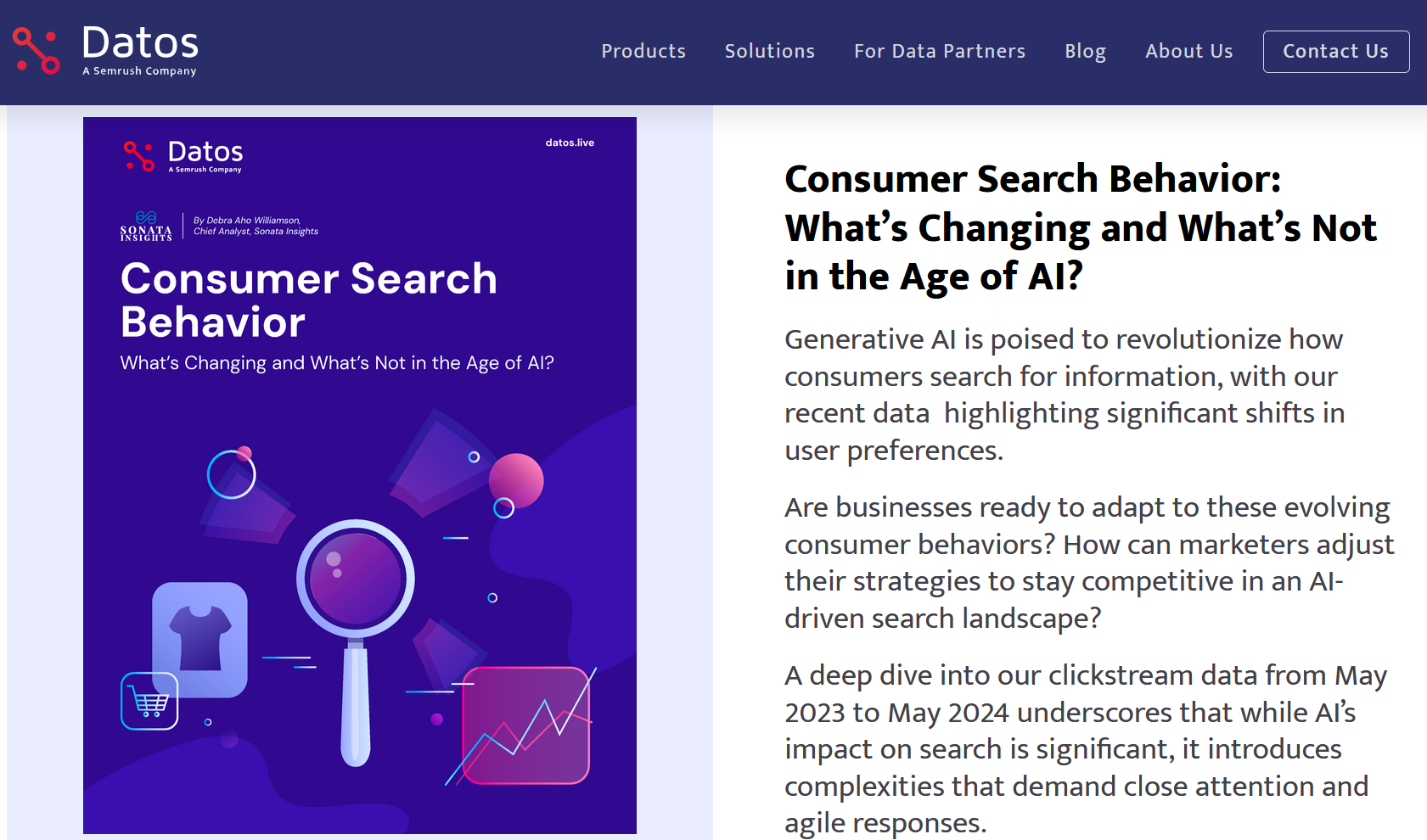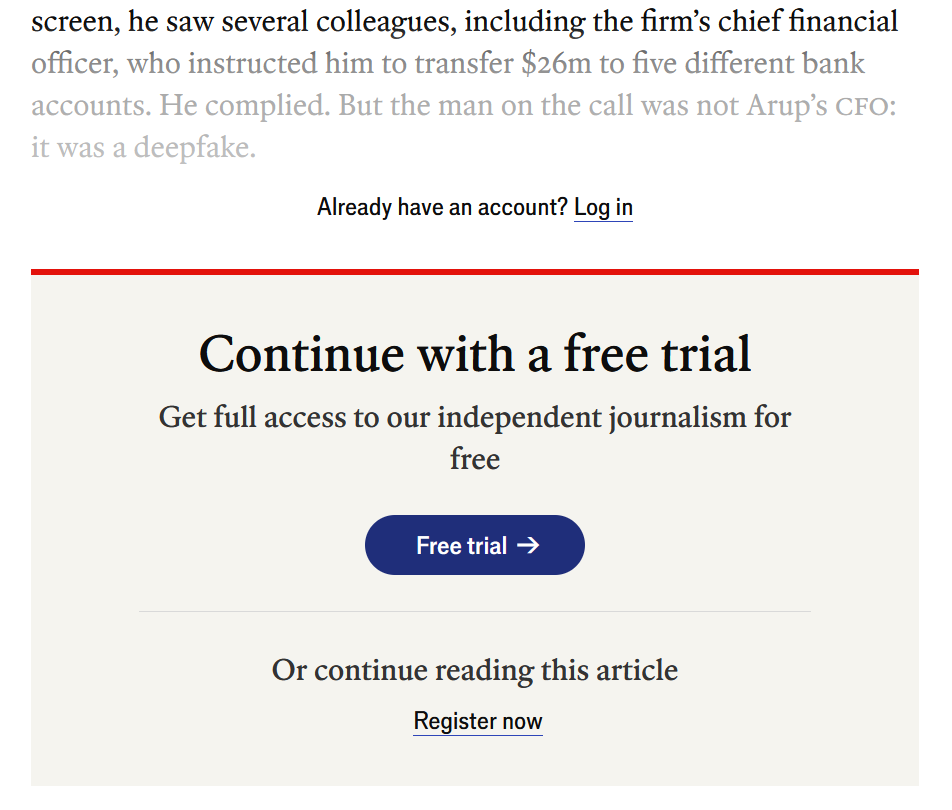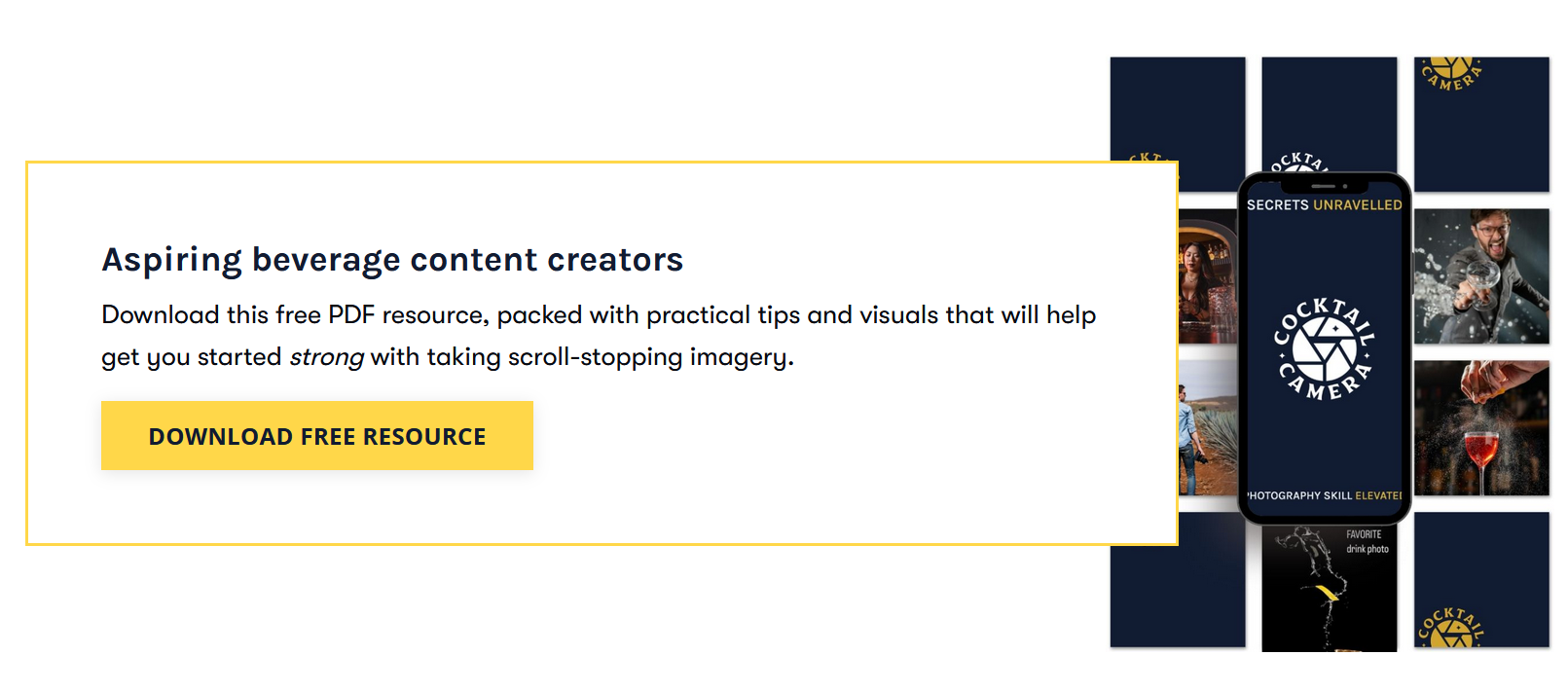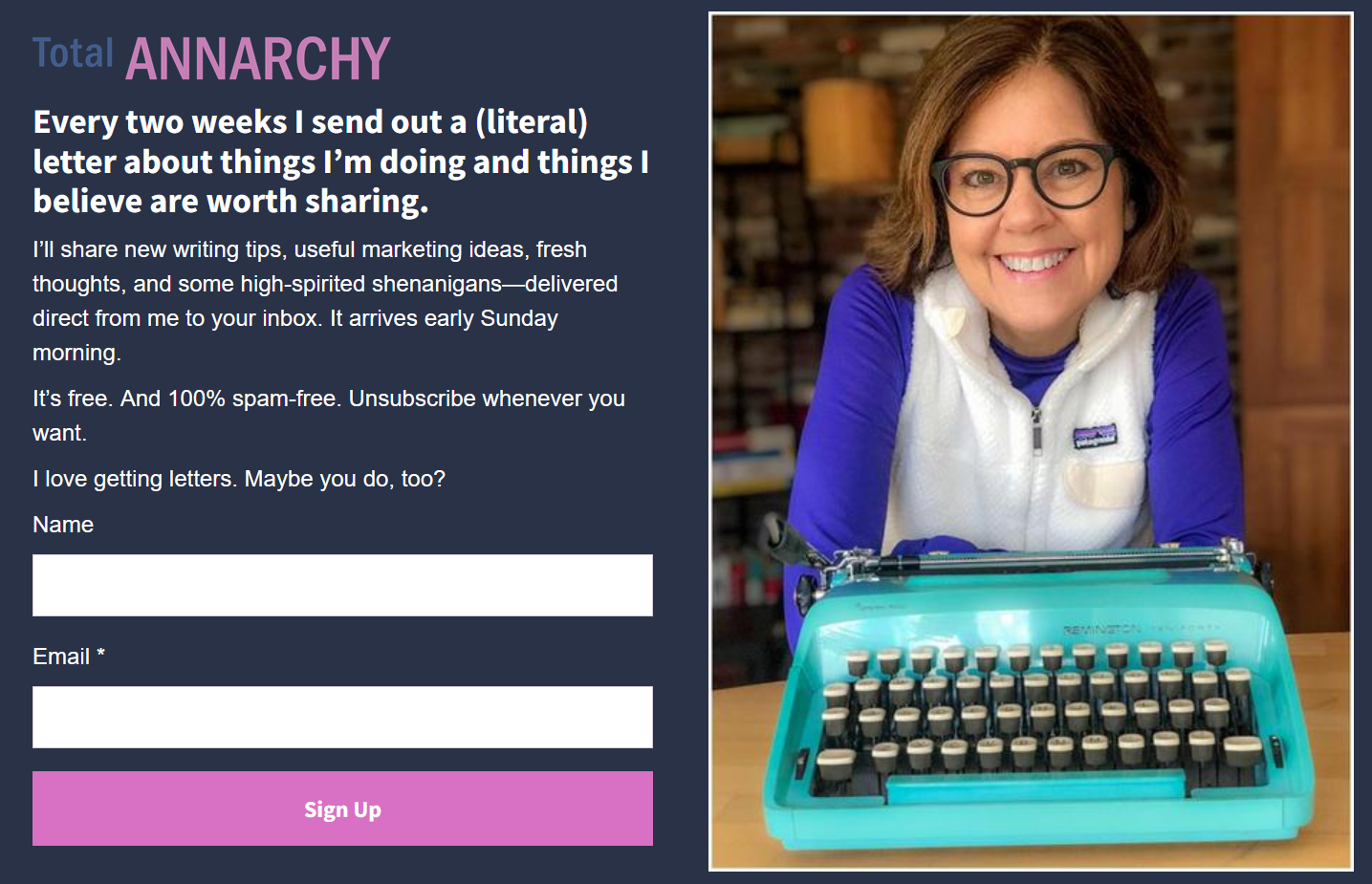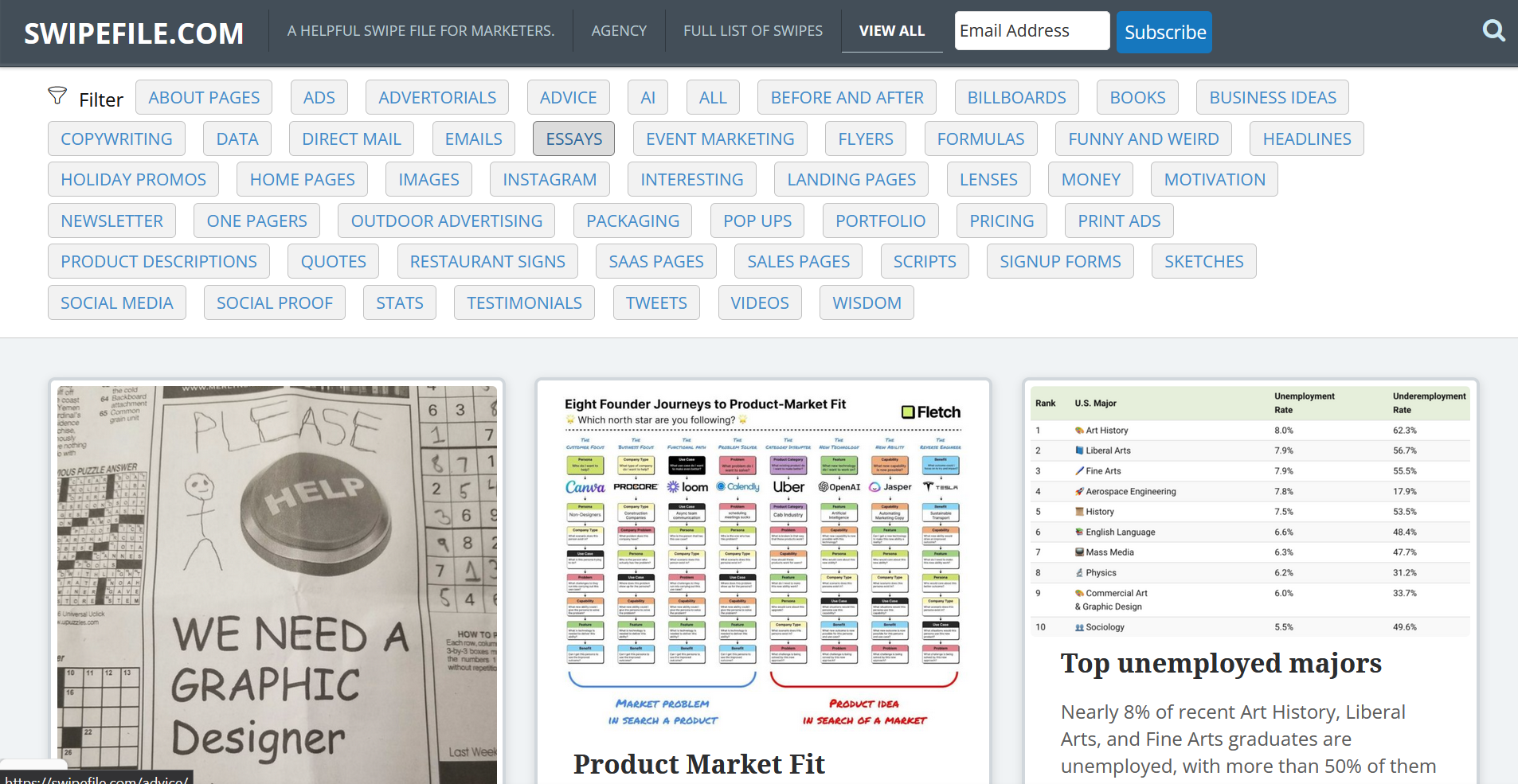Email, despite being one of the oldest digital marketing technologies, is still a critical part of today’s marketing mix.
Permission based marketing works better than ever in a world of fragmented attention, driving an average return of $36 per $1 spent (per a Litmus report). Any marketer worth their salt will tell you to build an email list.
The big question is … HOW?
Everyone wants attention. Everyone wants personal information. Building your list can sometimes feel like you’re a single voice yelling for attention in a crowded stadium; it’s hard to stand out and be convincing.
You have to give people something valuable if you want them to give you personal information in return.
Know Your Audience
What is “value” for your audience?
That question is more challenging than it sounds. Even people interested in the same broad niche have different aspects they’re looking for.
Take me, for example. I follow tech news religiously, but most of the sources I prefer come from a privacy-centric, skeptical perspective (like Cory Doctorow or Ed Zitron). Pitching me tech news from an antitrust or privacy perspective is an instant win. But pitching me a report on how tech startups succeed or the next Y Combinator startup round actively turns me off. You need specific details of what people want, not generalities.
Focus on the Five Ws, the foundation of journalism:
- Who: Who is in your audience? Age, location, nationality, ethnicity, gender?
- What: What are they concerned about? What are their problems and opportunities?
- When: Are they looking for current or evergreen information?
- Where: Where do they spend their time online? What’s their “real estate?”
- Why: What motivates them to do something?
Dig into your audience and figure out who they are and what makes them tick. If you need a hand, check out one of our articles — “‘Who’ Comes First”, “Who Are You Trying to Reach?” and “Your Audience Starts With You.”
Once you understand what the audience wants, you can provide value with a lead magnet.
What Is a Lead Magnet?
A lead magnet is something given away to get people to give their contact information. There are a number of forms this lead magnet can take; here are some common examples.
A tool: This can be as simple as a spreadsheet or a calculator. For example, I make a cocktail ingredient called “super juice” pretty regularly; I used to do the calculations myself, but Kevin Kos’s super juice calculator is so much easier. He asks for an email address to access it, and the trade is worth it for me.
Calculators, spreadsheets and other time savers are fantastic lead magnets. If there’s a resource you can offer your audience that fits here, use it.
Specialized data: Any data that has value your audience can’t get easily elsewhere. There are two major ways to provide this: by collating other people’s data, or by mining your own data.
For an example of the first, We Are Social and Meltwater created an annual digital overview report that includes a ton of data available from other sources. Even though the data’s available elsewhere, the value comes in it being all one place, and that’s plenty to get people to give their email address to download the PDF.
On the other hand, you can use your own data, as Datos and Sonata Insights did with this consumer search behavior report.
Either way works. Just make sure the information is truly valuable. No one’s giving you value for something they can get easily for free.
Analysis, News and Insight: Outlets like the Washington Post, the New Yorker and the Economist all use this “lead magnet” model. You can only read a certain number of articles without signing up with your email address, and that usually gives you another free article or two before you have to pay for a subscription. Their content has so much perceived value that people happily pay to get behind the paywall.
Many content creators use this model for their newsletters to create interest. Either the newsletter has unique content that can’t be found on the website, or it offers an easy reminder and access to that content.
Finding Your Angle
Once you know what type of lead magnet you want to use, you need to figure out how to make people choose you over someone else.
To build a lead magnet that works, you need an angle that resonates with your audience. It may not be completely unique, but it needs to be differentiated enough that the audience is willing to choose you over other possibilities.
Stats or reports people can’t get anywhere else: Many marketing agencies and SaaS companies use this option; the Datos/Sonata Insights example earlier is a good example.
Unique experience: If you have a perspective that few people can offer, it’s a great way to differentiate your lead magnet. The frontman of rock band The Darkness, Justin Hawkins, does this with his Patreon. He offers insights into his creative process as a musician. Cocktail influencer Jordan Hughes doesn’t just offer recipes — as an expert freelance food and beverage photographer, he also offers courses on cocktail photography as a free course at the top of his sales funnel.
Proven expertise: If you’ve been in a particular field for a long time, your name may carry enough weight that people will share their information just based on the strength of your reputation. Marketer Ann Handley doesn’t have to belabor who she is to her readers … her newsletter appeal is simple.
Handley’s built a reputation for knowing what she’s talking about over the years. That’s enough to interest most people.
Pure value: Most tools fall under this category. If the tool is useful, it doesn’t matter who’s plugging it — the lead magnet will work. Even the idea of a good tool may be enough (Joel Gascoigne’s lead magnet for Buffer famously predated the product’s existence). One of my favorite resources, SwipeFile.com, lets you access everything without putting in your email address, but if you want updates as new inspirations are added you have to subscribe. There’s enough value there to generate registrations.
Get Email Signups Today
If you want people to give you their email address, you need to offer them value. A lead magnet does that.
Consider what value looks like for your audience, choose a type of lead magnet, then figure out what angle makes the most sense for you to provide unique value. That will let you create a lead magnet that builds your business. And if you feel like you need a hand, you’re not alone. Just drop us a line, anytime.
Best Regards,
David Brandon
Copywriter
Rainmaker Digital Services
